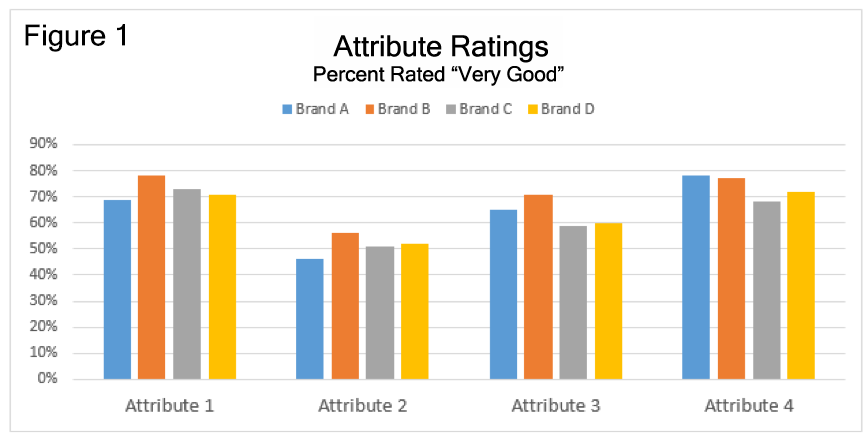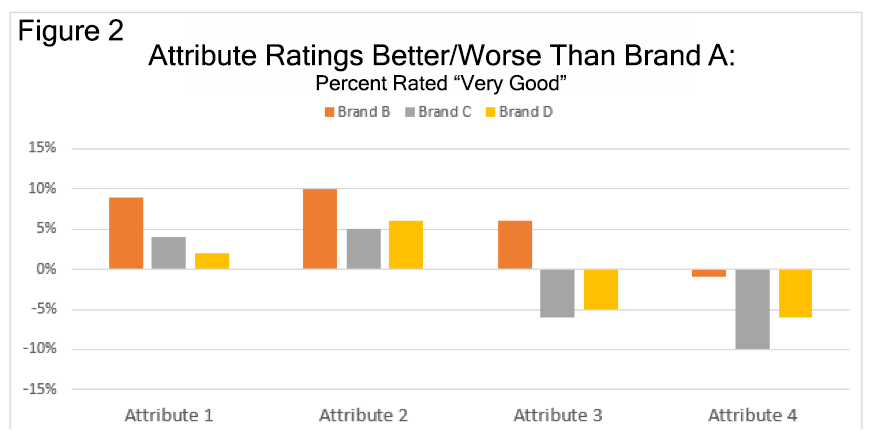Editor’s note: Chris Jesurun is manager, consumer and brand insights at Potbelly Sandwich Shop, Chicago.
One of the biggest challenges for marketing researchers on the client side is turning insights into action. To do this effectively, you need decision makers to understand the key learnings from your research, know what actions to consider in response and find the insights compelling enough to take action.
Most researchers easily check the first box with a standard rollup of their research findings. The second and third points are much more challenging but are critically important to your success. Fortunately there are steps you can take to become a thought leader in your organization who delivers results.
Know your decision makers
Get to know the decision makers on your team and how they learn best. Use that knowledge to anticipate questions and tailor your presentation accordingly. Ask yourself what you expect your leadership to do with the information you’re sharing. Is there a specific action being considered? You can only inform decision-making if you understand the factors being weighed.
I recently shared a comprehensive analysis of the price per ounce of our products compared to our competitors. My first draft of the deck included only what we had learned from the research. It was thorough but not at all compelling until I added a final slide showing specifically how future changes to our prices and/or portion sizes could either positively or negatively impact our competitive standing. Knowing the decision makers and the options they needed to consider in response to the research made the presentation actionable.
It’s also important to know the hypotheses of your decision makers before your start your research. One of our executives recently asked me about the differences in ordering behavior between male and female customers. I responded by asking what he expected some of the differences to be. Not only did this help me refine my investigation but it let me know what preconceptions my analysis would need to either validate or refute. It’s very difficult to present insights that challenge existing assumptions so it’s beneficial to know what those assumptions are ahead of time.
Build the story
If you are presenting in person, be sure to structure your content so it builds toward your recommendations. A good presentation will feel like it has momentum. Reveal insights and build connections as you go. Focus each slide around just one idea. Don’t lose momentum by cramming too much into one slide. By the time you get to your summary and recommendations, they should feel almost self-evident.
By building toward your key takeaways and recommendations, you keep your audience curious rather than incredulous. Instead of spending your entire presentation defending your initial executive summary against confusion and prejudgments, you foster understanding and build consensus along the way.
This is not to say that decision-making suddenly becomes easy and straightforward. Your decision makers will still have to make tough choices. But now they know the facts, understand the implications and are clear on the options.
Refine your visualizations
We all know that visualizations can create clarity. But if we’re not careful, they can also be a source of confusion. Ask yourself what the key takeaway should be from any chart, graph or table. Then consider multiple options to find the version that best meets your needs.
Figures 1 and 2 use the same raw data. The first shows the percent of respondents that rated the brand “very good” on each attribute. For the second, I subtracted the ratings for Brand A from each attribute across every brand. Now the bars for Brands B, C and D show the difference in ratings relative to Brand A.


Figure 1 will make it easy to see how the ratings compare across attributes. Figure 2 will make it easy for decision makers at Brand A to quickly see what they are doing well, where they are behind the competition and which brands are beating them in which attributes. Neither is more right than the other – it all depends on the story you are trying to build.
Focus on action
Prioritize actionable insights and avoid the temptation to share everything you have learned throughout your analysis. It’s likely that you have worked really hard, explored lots of possible outcomes and considered many angles. You know much more than your decision makers will need to know in order to be effective. Cut the excess.
A clean, concise deck often feels like it betrays the amount of work that went into it. What about all the stuff you know that didn’t make it into the deck? How will the decision makers at your company know the time and effort that has gone into the project? I’ve noticed that our incoming interns each year are especially prone to this trap. They want to show their work so they write a bullet point to address every question they explored in their analysis. It’s certainly thorough but the outcome jumbles useful insights with useless facts.
Review your presentation and remember that the goal is to inspire action. Know your decision makers, build the story and refine your visuals. If you do this successfully, your decision makers will understand the key insights, consider the options and take action.
